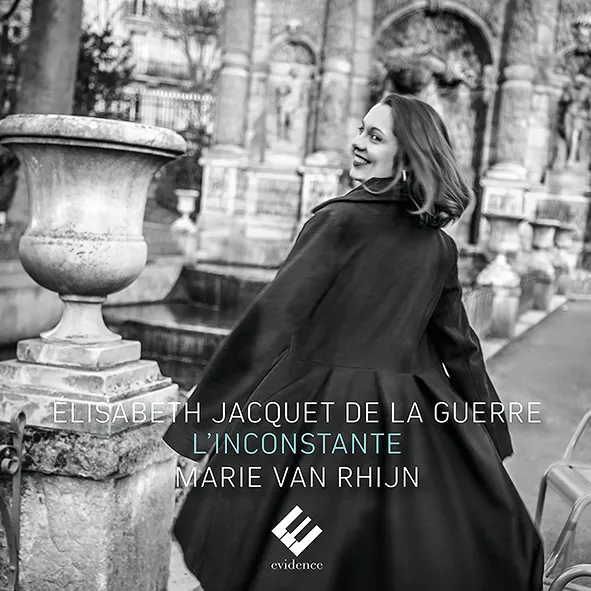
Jacquet de la Guerre Première Livre de Pièces de Clavecin – Suites in D minor, F and A minor; Deuxième Livre de Pièces de Clavecin – ‘La Flamande’; Double de La Flamande Marie van Rhijn (harpsichord) Evidence Classics EVCD 047 65:49 mins
If composer-harpsichordist Elisabeth Jacquet de la Guerre (1665-1729) is somewhat undervalued today it can’t be laid at the door of the recording catalogue where the sometime protégée of Louis XIV holds a far from negligible court. Indeed, in the past few months new sets of the complete Pièces de Clavecin have emerged from Elisabetta Guglielmin on Aevea, and Francesca Lanfranco (Brilliant Classics). Marie van Rhijn isn’t a completist, however; rather, her programme imagines a domestic concert such as De la Guerre might have given to friends at her home in Rue Guillaume on the Île Saint-Louis, and she unveils a portrait extolling what she perceives to be Elisabeth’s abiding virtues of gravity, intelligence and ‘vocality’. Three Suites drawn from the 1687 Premier Livre are bookended by the imperious ‘La Flamande’ and its ‘Double’ from 1707’s Second Book; and van Rhijn has composed her own ‘double’ for the D minor Suite’s Menuet – conspicuously neatly turned it is too. Compounding the attention to detail, the handsome-sounding instrument (dating from 1679) may even once have been played by de la Guerre herself. ‘La Flamande’ struts its stuff with a debonair jauntiness, the opulent ornamentation glittering in the light of van Rhijn’s effortless technique. She revels in the richly-scored quirkiness of the D minor ‘Sarabande’; imbues the F major ‘Tocade’ with quicksilver brilliance and supple teasing, while despatching the menuets with formidable purposefulness. Courtly grandeur and stately soliloquy to gossipy savoir-faire, this is a portrait painted with alluring finesse and idiomatic flair.
Paul Riley